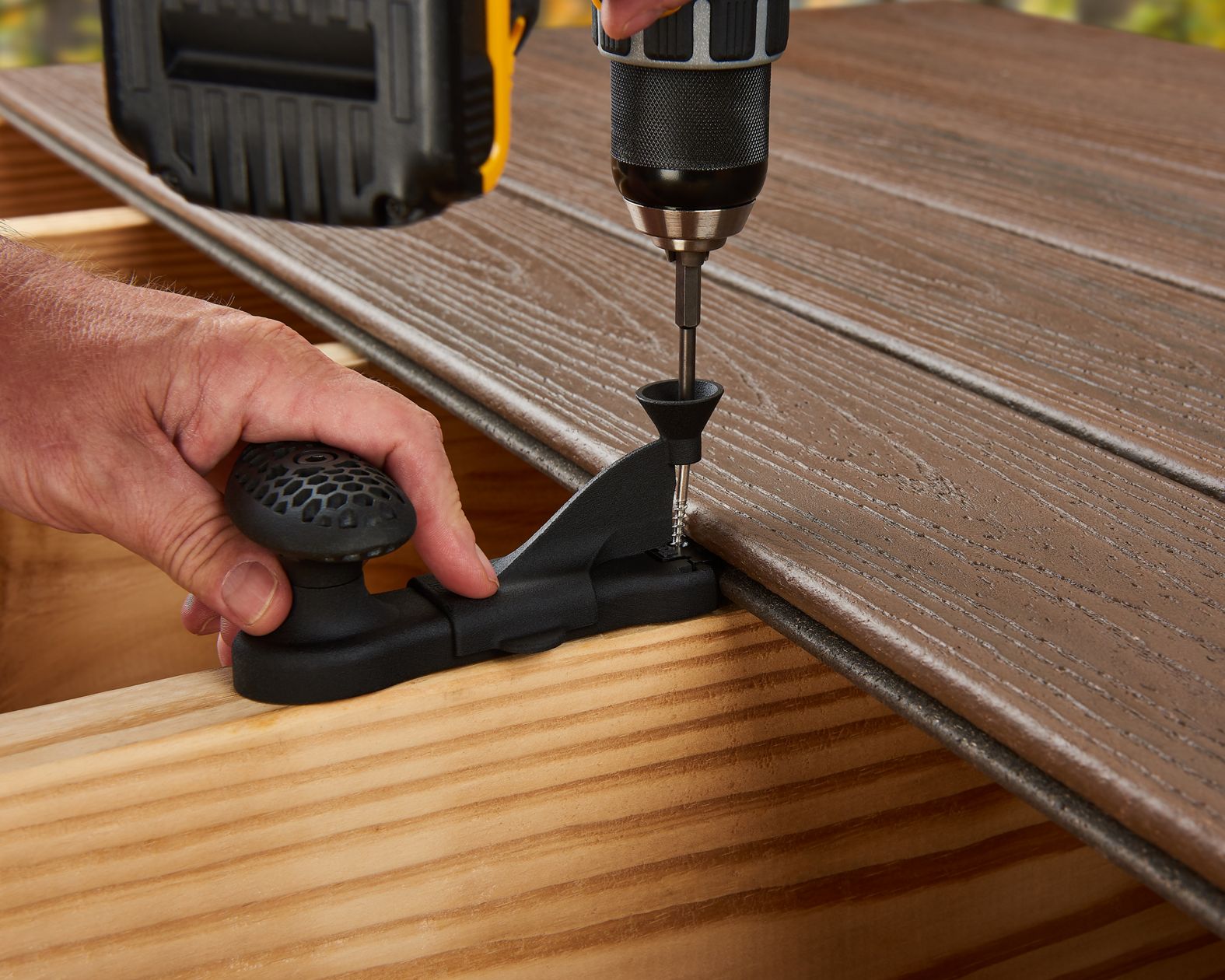A rock calculator cannot determine the amount of wood in a rock due to their different composition.

Credit: www.sciencenews.org
Understanding Wood In Rocks
Looking to calculate the amount of wood in a rock? Use the How Much Wood is in a Rock Calculator to determine the wood content in rocks with precision. Understand the wood material composition within rocks accurately and efficiently.
Wood in rocks may sound like an unusual concept, but it is a fascinating occurrence that highlights the power of natural processes. By understanding how wood can be found within rocks, we can gain insight into the composition and formation of such geological formations. In this article, we will explore the natural processes at work, as well as the composition and formation of rocks containing wood.
Natural Processes At Work
The presence of wood in rocks can be attributed to a series of natural processes that occur over long periods of time. One of these processes is petrification, where the organic materials are replaced with minerals. This occurs when fallen trees or driftwood are buried under layers of sediment, protecting the materials from decay. Over time, as the minerals seep into the wood, they gradually replace the organic matter, transforming it into rock.
Another natural process at work is known as permineralization. This occurs when groundwater carries dissolved minerals into the pores and cell walls of the wood, eventually filling them. As the minerals solidify, they create a fossilized replica of the original wood structure while maintaining its composition.
Composition And Formation
Rocks containing wood typically have a distinct composition and formation process. The wood itself is replaced by minerals such as quartz, calcite, or silica, resulting in a preservation of the original wood structure. The surrounding rock matrix is often made up of sedimentary rock, which forms when layers of sediment, such as sand or mud, are compacted over time.
This combination of petrified wood and sedimentary rock can create remarkable examples of natural preservation. The fossilized wood may retain intricate details, including growth rings and cellular structures, providing valuable information about the ancient ecosystem in which it existed.
It is worth noting that the presence of wood in rocks is relatively rare, making these formations all the more intriguing. These unique geological wonders serve as a testament to the complex and dynamic processes shaping our planet over millions of years.
Challenges Of Wood Quantity Estimation
When it comes to estimating the quantity of wood in a rock, there are several challenges that must be considered. Accurately determining the amount of wood within a rock can be a complex task, one that requires careful measurement and consideration of various factors. In this article, we will explore the complexity of measurement involved in wood quantity estimation, as well as the factors that can affect the accuracy of these calculations.
Complexity Of Measurement
The measurement process involved in estimating the amount of wood within a rock can be quite complex. Firstly, determining the exact dimensions of the rock itself can be challenging. Rocks often have irregular shapes, making it difficult to obtain consistent measurements. Additionally, the presence of external factors such as cracks or crevices can further complicate the measurement process.
Once the dimensions of the rock are established, the next step is to measure the wood contained within it. Wood can be found in various forms within a rock, including branches, stems, and roots. These different elements may be intertwined or partially buried within the rock, making it difficult to isolate and measure each individual piece accurately.
To overcome these complexities, advanced measurement techniques and tools are often employed. Digital imaging and 3D modeling technologies can help create accurate representations of the rock and its internal wood structures. These methods assist in obtaining precise measurements, eliminating human error and increasing the reliability of wood quantity estimations.
Factors Affecting Accuracy
There are several factors that can affect the accuracy of wood quantity estimations in rocks. One significant factor is the degree of decomposition of the wood. Over time, wood within a rock can undergo decomposition, resulting in the loss of mass. As a result, estimations based solely on visual inspection may not reflect the actual quantity of wood present.
Another factor that can impact accuracy is the presence of other materials within the rock. Rocks often contain minerals, sediments, or even fossils that may resemble wood. Distinguishing between these different materials can be challenging, leading to potential errors in the estimation process.
Furthermore, the spatial arrangement of wood within the rock can also affect accuracy. In some cases, wood may be concentrated in certain areas, while other areas may contain little to no wood. Ignoring this spatial variability can lead to inaccurate estimations.
To mitigate these factors and improve accuracy, experts take a multi-faceted approach. They utilize a combination of visual examination, laboratory analysis, and statistical methods to determine the true quantity of wood within a rock.
In conclusion, estimating the quantity of wood in a rock comes with its fair share of challenges. The complexity of measurement, combined with factors that can affect accuracy, makes this task a meticulous process. However, with advanced measurement techniques and a comprehensive understanding of the factors involved, accurate wood quantity estimations in rocks can be obtained.
The Wood In Rocks Calculator
The Wood in Rocks Calculator is a powerful tool designed to accurately estimate the amount of wood trapped within the crevices and pores of rocks. With its advanced features and precise functionality, this tool serves as an indispensable asset for various industries and research fields.
Features And Functionality
- Accurate Estimation: Utilizes advanced algorithms to provide precise calculations of the wood content within rocks.
- Customizable Parameters: Allows users to input specific rock characteristics to tailor the calculations to their requirements.
- User-Friendly Interface: Intuitive design makes the tool accessible to both professionals and enthusiasts.
Usage And Applications
- Geological Studies: Assists geologists in determining the amount of wood within sedimentary and metamorphic rocks for research and analysis.
- Construction Industry: Helps in evaluating the potential wood content in rocks used for building materials and infrastructure projects.
- Environmental Research: Aids environmental scientists in studying the degradation and fossilization processes of wood in various rock formations.

Credit: www.trulia.com
Unveiling Hidden Opportunities
Practical Uses In Industry
Wood in a Rock Calculator presents practical opportunities in diverse industries.
- Construction: Ideal for determining wood content in heavy rocks for building projects.
- Geology: Facilitates accurate analysis of wood presence in rock formations.
- Manufacturing: Streamlines wood extraction processes in material production.
Environmental Implications
Understanding wood composition in rocks offers crucial insights for environmental considerations.
- Ecological Impact: Helps assess the ecological balance and impact on surrounding ecosystems.
- Resource Conservation: Enables efficient utilization of wood resources to minimize waste.
- Regulatory Compliance: Supports compliance with environmental regulations through precise measurements.
Future Prospects
Introducing the innovative ‘How Much Wood is in a Rock Calculator’, a powerful tool that provides a precise estimation of the wood content within a rock. With this calculator, you can easily determine the future prospects of using rocks as a sustainable source of timber.
Advancements In Technology
Technological advances are expected to enhance the precision of the How Much Wood is in a Rock Calculator. The utilization of sophisticated algorithms will enable more accurate calculations.
Research And Innovations
Research efforts focus on improving the efficiency and usability of the calculator tool. Ongoing innovations seek to streamline the process and provide users with real-time data.

Credit: www.trex.com
Frequently Asked Questions For How Much Wood Is In A Rock Calculator
How Can I Use The Wood In A Rock Calculator?
Wood in a Rock Calculator helps estimate wood volume within rocks for various applications, such as construction and landscaping projects. Simply enter rock dimensions and density for an accurate calculation.
What Are The Benefits Of Knowing Wood In A Rock Volume?
Understanding wood volume in rocks aids in effective resource management and project planning. It enables accurate material estimations, cost evaluations, and ensures efficient utilization of resources for desired outcomes.
Is It Important To Calculate Wood Content In Rocks?
Yes, calculating wood content in rocks is crucial for optimizing operations and minimizing waste. Accurate estimations facilitate precise material procurement, enhancing project efficiency and cost-effectiveness. Understanding wood content is essential for quality control and resource utilization.
Conclusion
Using a wood in a rock calculator can simplify your construction or landscaping projects. By calculating the amount of wood needed, you can efficiently plan your resources and save time and money. This tool can help you make informed decisions and ensure that your project is completed successfully.


